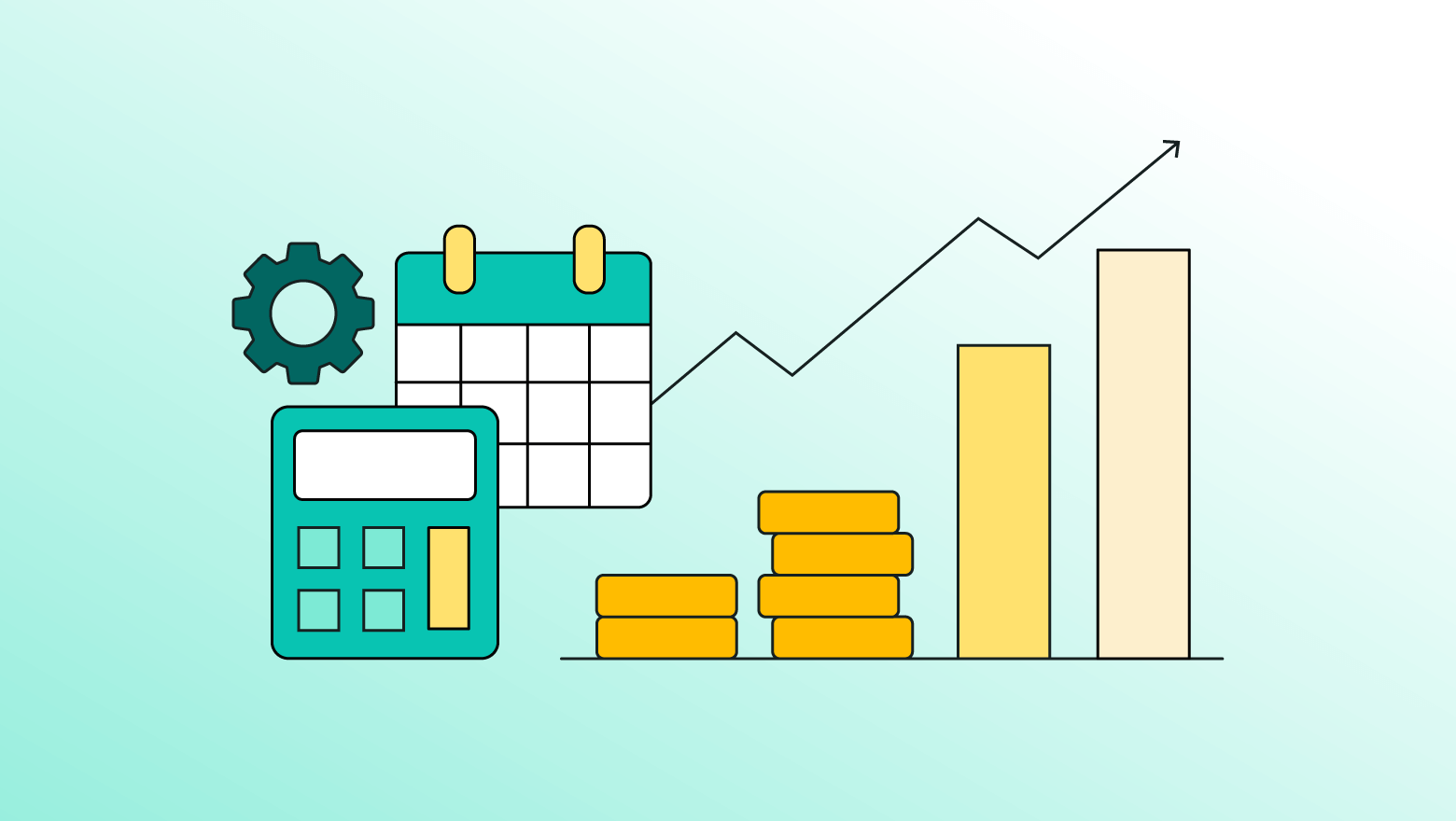Effective money management is the cornerstone of financial success. Whether you’re looking to build an emergency fund, save for a significant purchase, or invest for your future, mastering the basics of money management can set you on the right path. *Money management* involves tracking your income and expenses, setting financial goals, and making informed decisions to ensure that your money works for you. By adopting the right strategies, you can achieve a healthy balance between spending and saving, ultimately leading to financial stability and growth.
One of the first steps in money management is understanding your financial situation. This means knowing how much you earn, how much you spend, and where your money goes each month. With this knowledge, you can create a budget that aligns with your financial goals and helps you avoid unnecessary debt. Budgeting isn’t about restricting your spending; it’s about making intentional choices that prioritize your financial well-being.
Another crucial aspect of money management is setting clear and achievable financial goals. Whether it’s saving for a down payment on a house, planning for retirement, or creating an emergency fund, having specific goals can guide your financial decisions and keep you motivated. It’s important to regularly review and adjust your goals as your financial situation and priorities change.
Ready to take control of your finances and experience *effortless savings*? Download Vala today and start managing your budget with ease!
Importance Of Financial Planning

Understanding the *importance of financial planning* is crucial for anyone aiming for long-term financial success. Financial planning is a comprehensive approach to managing your finances that encompasses budgeting, saving, investing, and preparing for life’s unexpected events. It serves as a roadmap, guiding you through various financial decisions and helping you stay on track with your financial goals.
One of the primary benefits of financial planning is that it provides a clear picture of your current financial situation. By evaluating your income, expenses, assets, and liabilities, you can identify areas where you can cut costs or increase savings. This clarity enables you to make informed decisions that enhance your financial health.
Another significant advantage of financial planning is risk management. Life is unpredictable, and having a financial plan in place can help you prepare for emergencies such as medical expenses, job loss, or other unforeseen challenges. An emergency fund, for instance, is a critical component of financial planning that provides a financial cushion when you need it most.
Financial planning also plays a vital role in achieving long-term goals. Whether you’re saving for a child’s education, buying a home, or planning for retirement, a well-structured financial plan helps you allocate resources effectively to meet these objectives. It encourages disciplined saving and investing, ensuring that you are well-prepared for the future.
Moreover, financial planning can reduce stress and improve your overall quality of life. Knowing that you have a plan in place to manage your finances can provide peace of mind, allowing you to focus on other important aspects of your life. By setting and achieving financial milestones, you can build confidence and enjoy a greater sense of financial security.
Effective Budgeting Strategies
Budgeting is the cornerstone of effective *money management*. It involves creating a plan that outlines how you will allocate your income towards various expenses and savings goals. Implementing effective budgetingstrategies can help you live within your means, avoid debt, and achieve financial stability.
One popular budgeting strategy is the **50/30/20 rule**. This method suggests dividing your after-tax income into three categories: 50% for needs, 30% for wants, and 20% for savings and debt repayment. Needs include essential expenses such as housing, utilities, groceries, and transportation. Wants encompass discretionary spending like dining out, entertainment, and hobbies. The remaining 20% is dedicated to building an emergency fund, investing, and paying off debt. This simple yet powerful rule can help you maintain a balanced budget and prioritize your financial goals.
Another effective budgeting approach is **zero-based budgeting**. With this method, you allocate every dollar of your income to a specific expense or savings category until you reach zero. This ensures that you account for all your income and can help you identify and eliminate unnecessary spending. Additionally, zero-based budgeting encourages you to justify each expense, promoting mindful spending habits.
**Envelope budgeting** is a traditional but effective strategy for managing cash flow. In this approach, you allocate a specific amount of cash to different envelopes, each representing a particular expense category. Once an envelope is empty, you can no longer spend in that category until the next budgeting period. This tangible method can help you stick to your budget and avoid overspending.
Digital tools and apps can also enhance your budgeting efforts. Platforms like Vala offer features such as expense tracking, automated savings, and personalized financial insights. These tools can simplify the budgeting process, making it easier to stay on top of your finances and adjust your budget as needed.
Implementing these effective budgeting strategies can empower you to take control of your finances, reduce financial stress, and build a secure financial future.
Building An Emergency Fund

An emergency fund is a financial safety net that provides you with a cushion during unexpected events such as medical emergencies, job loss, or urgent home repairs. *Building an emergency fund* is a crucial aspect of comprehensive *money management* and ensures you are prepared for life’s uncertainties without resorting to high-interest debt.
To start building your emergency fund, set a realistic savings goal. Financial experts typically recommend saving three to six months’ worth of living expenses. This amount can cover essential costs such as rent or mortgage, utilities, groceries, and insurance premiums in case of an emergency. However, the exact amount may vary based on your personal circumstances, job stability, and the number of dependents you have.
Begin by assessing your current financial situation. Review your income, expenses, and existing savings to determine how much you can comfortably set aside each month. Even small, consistent contributions can accumulate over time and make a significant difference. Consider setting up automatic transfers from your checking account to a dedicated savings account to ensure regular contributions.
Choosing the right account for your emergency fund is essential. Opt for a high-yield savings account or a money market account that offers better interest rates than a standard savings account. Ensure that the account is easily accessible but not too tempting to withdraw from for non-emergencies. This balance will help you grow your fund while keeping it readily available when needed.
To accelerate your savings, look for opportunities to reduce discretionary spending or increase your income. Cutting back on non-essential expenses, such as dining out or subscription services, can free up more money to contribute to your emergency fund. Additionally, consider taking on a side hustle or freelance work to boost your savings rate.
Regularly review and adjust your emergency fund as your financial situation changes. Life events such as a new job, marriage, or the birth of a child can impact your living expenses and necessitate an increase in your emergency savings. Staying proactive and adaptable will ensure that your emergency fund remains sufficient to cover unexpected costs.
Building an emergency fund is a vital step towards financial security and peace of mind. It not only protects you from financial setbacks but also allows you to focus on other financial goals, such as investing and retirement planning, without the constant worry of unforeseen expenses.
Smart Saving And Investing

Smart saving and investing are fundamental components of effective *money management* that help you grow your wealth and achieve long-term financial goals. While saving involves setting aside a portion of your income for future use, investing involves putting your money to work to earn a return over time. Understanding how to balance both strategies can significantly enhance your financial well-being.
To start, prioritize establishing a robust savings habit. Allocate a portion of your income to a dedicated savings account each month. Aim to save at least 20% of your income, following the popular 50/30/20 rule, where 50% goes to necessities, 30% to discretionary spending, and 20% to savings and debt repayment. Automating your savings can help ensure consistency and discipline.
Once you have a solid savings foundation, consider exploring various investment options. *Stocks, bonds, mutual funds, and real estate* are common investment vehicles that offer different risk and return profiles. Diversifying your investments is key to managing risk and maximizing potential returns. By spreading your money across different asset classes, you can reduce the impact of poor performance in any single investment.
Before diving into the world of investing, it’s crucial to understand your risk tolerance. Risk tolerance is your ability and willingness to endure market fluctuations. Younger investors typically have a higher risk tolerance since they have more time to recover from market downturns. Conversely, those nearing retirement may prefer more conservative investments to preserve their savings.
Educate yourself on the basics of investing and consider consulting with a financial advisor to develop a personalized investment strategy. A financial advisor can help you identify your financial goals, assess your risk tolerance, and recommend suitable investment options. They can also provide valuable insights into market trends and economic factors that may influence your investment decisions.
Continuously monitor and adjust your investment portfolio to align with your evolving financial goals and market conditions. Regularly reviewing your investments ensures that they remain in line with your risk tolerance and time horizon. Rebalancing your portfolio, or adjusting the allocation of your assets, can help maintain your desired level of risk and return.
*Smart saving and investing* require a blend of discipline, knowledge, and strategic planning. By mastering these skills, you can build a strong financial foundation, grow your wealth, and secure a prosperous future. Remember, the journey to financial success is a marathon, not a sprint. Stay patient, stay informed, and stay committed to your financial goals.
Tracking And Reducing Expenses

Tracking and reducing expenses is a crucial aspect of *money management* that can lead to significant savings and improved financial health. By keeping a close eye on where your money goes, you can identify unnecessary expenditures and make informed decisions to cut costs. This practice not only helps you save more but also enables you to allocate your resources more effectively towards achieving your financial goals.
The first step in tracking your expenses is to create a detailed record of your spending. Use tools like spreadsheets, budgeting apps, or Vala’s savings management platform to categorize your expenses. Common categories include housing, utilities, groceries, transportation, entertainment, and dining out. By categorizing your spending, you can easily spot patterns and areas where you might be overspending.
Once you have a clear picture of your spending habits, it’s time to identify opportunities for cost-cutting. Examine each category and ask yourself whether the expenses are necessary or if there are cheaper alternatives. For instance, consider cooking at home more often instead of dining out, or look for deals and discounts when shopping for groceries. Even small changes can add up to significant savings over time.
Another effective strategy is to set spending limits for each category. This helps you stay within your budget and avoid impulse purchases. Review your spending limits regularly and adjust them as needed based on your financial situation and goals. Additionally, consider using cash or debit cards instead of credit cards to avoid accumulating debt and interest charges.
Automating your bill payments and savings can also streamline your expense management. Set up automatic transfers to your savings account and schedule bill payments to ensure they are paid on time. This not only helps you avoid late fees but also simplifies your financial routine, making it easier to stick to your budget.
Regularly reviewing your expenses and adjusting your budget is essential for staying on track. Make it a habit to review your spending at the end of each month and compare it to your budget. Identify any discrepancies and take corrective action to address them. This practice keeps you accountable and ensures that you are consistently working towards your financial goals.
Ready to take control of your finances and experience effortless savings? Download Vala today and start managing your budget with ease! Our platform offers intuitive tools and personalized solutions to help you track and reduce your expenses effectively. *Empower yourself* to achieve financial success with Vala.
